Oil price posts two-year highs - but how long can it last?
Brent rose above $59 a barrel this week, its best third-quarter showing since 2004
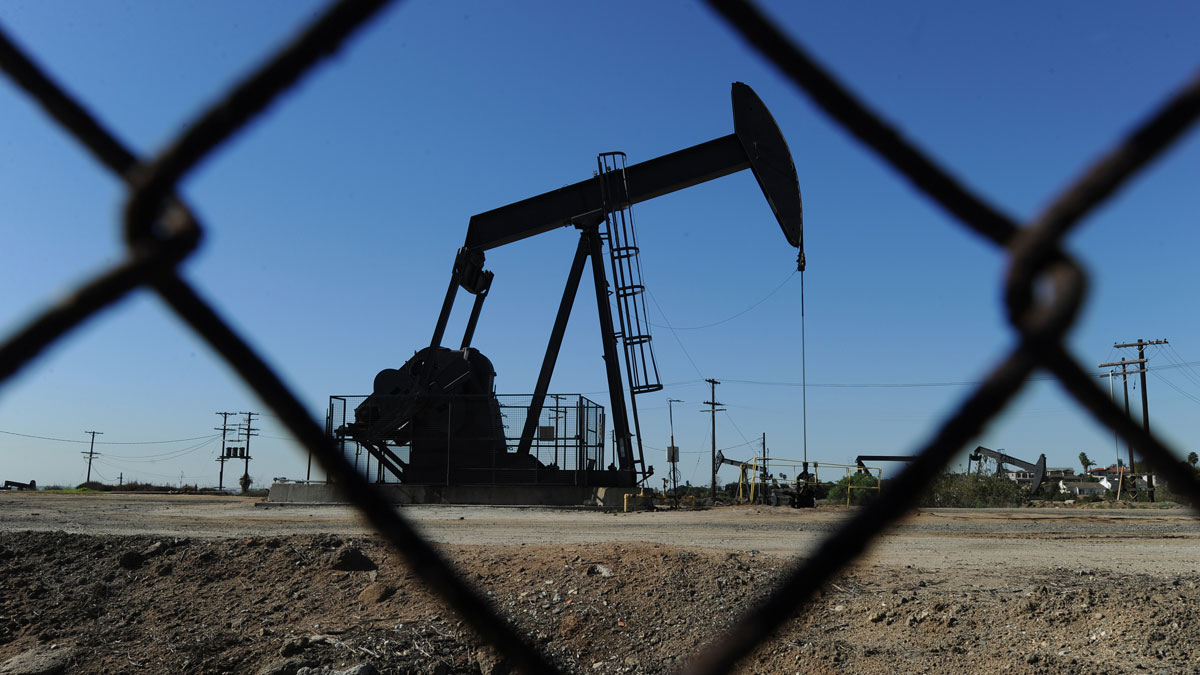
Oil price won't recover until 2020, bosses warn
14 July
Oil bosses appear to have given up hope that prices will recover anytime soon and are warning that weak price levels will persist until the end of the decade, says Bloomberg.
"The years of $100 oil will turn out to be an aberration," BP boss Bob Dudley told an industry event this week.
The Week
Escape your echo chamber. Get the facts behind the news, plus analysis from multiple perspectives.

Sign up for The Week's Free Newsletters
From our morning news briefing to a weekly Good News Newsletter, get the best of The Week delivered directly to your inbox.
From our morning news briefing to a weekly Good News Newsletter, get the best of The Week delivered directly to your inbox.
Mark McCollum, chief executive of US oil driller Weatherford International, was equally pessimistic. "In terms of the magnitude of damage, this [downturn] is by far the worst," he said.
He added it may take until 2020 until demand grows enough or a big enough supply gap opens that US producers can't fill. "Until then, it feels very tenuous," he said.
Brent crude, the international oil price benchmark, rose overnight after the International Energy Agency reported higher demand, Chinese data showed increased crude imports and the US regulator revealed falling domestic inventories.
It was on track for a near-five per cent gain for the week, but at around $48.50 a barrel, it is still more than a dollar below its level earlier this month.
A free daily email with the biggest news stories of the day – and the best features from TheWeek.com
The oil price has consistently failed to mount a sustained recovery since it first crashed from well in excess of $100 a barrel three years ago.
It rose above $50 for a brief period earlier this year on the back of oil supply cuts by the likes of Opec and Russia, but failed to hold these gains as US oil production bounced back and the cuts proved insufficient to stop oil reserves rising around the world.
Oil price jumps as US cuts production forecast
12 July
US regulators cut their output forecast last night, sending the oil price rebounding more than one per cent in New York trading and up closer to two per cent this morning.
Brent crude, the international benchmark, jumped 1.7 per cent to change hands at around $48.35, while its US counterpart West Texas Intermediate was up almost two per cent and edging close to $46 a barrel.
The report from the US Energy Information Administration cut the forecast for domestic production in 2018 to 9.9 million barrels.
That's still a new record well above the June 2015 peak of 9.6 million, but is down around 100,000 barrels a day from the previous prediction of more than ten million, says Reuters.
A private sector report from the American Petroleum Institute, showing a big draw on domestic stockpiles of more than eight million barrels last week, also helped sentiment.
US output is dominating trading at the moment. The market still has to shift a big reserves hangover from the past two years and Opec's 1.8 million barrels a day cuts until March next year have underwhelmed.
Traders will now be watching to see if the reserves trend is repeated in official stats due later today, with the potential for the price gains to be reversed if the drop is less pronounced or inventories rise.
Why sub-$50 oil price could be the 'new normal'
10 July
The oil price was lower again today, leading some analysts to argue recent fluctuations show it has found a "new normal" below $50 a barrel.
Brent crude, the international oil price benchmark, nudged that threshold last week after the longest rally for five years on the back of data showing falling US production for the first time in months.
However, normal service has resumed and oil has spiralled to below $47 a barrel today.
US regulator the Energy Information Administration (EIA) said last week that both raw crude and petrol stocks had declined markedly, which should be a bullish sign.
But as global oil reserves are holding stubbornly near record highs, attention is being focused on production figures and the number of active US drilling rigs rose last week for the the 24th time in 25 weeks.
US output is now above 9.3 million barrels and some believe it could hit the ten million mark by next year, putting it on a par with the biggest producers in the world.
Sukrit Vijayakar, director of energy consultancy Trifecta, told Reuters: "There seems little hope for rebalancing... unless we see an exceptional increase in demand as reining in supply seems to be getting tougher."
Opec, Russia and other producers have said they will maintain production cuts of 1.8 million barrels a day until March.
Those cuts have succeeded in stemming increases in global reserves, but without meaningful inroads into reducing inventories and with production rising in the US, pessimism reigns.
For prices to rally more sustainably, analysts believe Opec will have to deepen these cuts, or at least extend them to cover Libya and Nigeria, the two members currently excluded and which are ramping up output.
Daniel Yergin, vice chairman of market research firm IHS Markit, says that is unlikely, "preventing a rally from occurring for the foreseeable future".
He added: "Forget that world of $100 — that was not the new normal; that was an aberration."
Oil price slide confirmed as US production climbs
7 July
Oil price volatility is back. After the longest rally for five years, lasting five sessions and taking the international oil price benchmark Brent crude close to $50 a barrel, trading is sliding for the third consecutive day.
It is a rapid reversal, too, down well in excess of two per cent earlier this afternoon on top of a four per cent dive in New York on Wednesday.
Brent crude fell 2.3 per cent to hit around $47 a barrel, while its US counterpart West Texas Intermediate was down by a similar margin and below $45.
The drops followed yesterday's report from the US regulator, the Energy Information Administration, showing oil output in the country rose one per cent last week to 9.34 million barrels per day.
A renascent US shale oil boom since prices bounced back from below $30 a barrel last year could undermine global efforts to balance supply and demand.
Opec, Russia and other oil-producing nations are committed to cutting output by 1.8 million barrels a day until next March, but there is evidence exports are still rising and that global inventories are holding near record levels.
Bearish sentiment also reflected Russia appearing to rule out deeper production cuts, although is has since said it is willing to "review the parameters" of the agreement, says Reuters.
"The push-and-pull between bearish and bullish factors will keep volatility high," said Hans van Cleef, senior energy economist at ABN Amro.
"In the near term, this leaves us with a volatile trading range of roughly $45-$50 a barrel."
Oil prices plunge on surging Opec exports
6 July
Oil's longest rally for five years came crashing to a halt yesterday, falling around four per cent in New York trading after it had surged for eight consecutive sessions and added around ten per cent from a recent low.
Brent crude, the international oil price benchmark, regained 0.8 per cent of those losses in early trading, but at $48.20 a barrel, was still more than $1.5 down on its level yesterday morning.
West Texas Intermediate, Brent's US counterpart, also pared losses, but remained down by a similar margin on its price level yesterday morning, at $45.50 a barrel.
It followed export data showing a big rise in shipments from Opec last month.
The 14-nation cartel has been the cornerstone of a deal to cut output by 1.8 million barrels per day until March, which also includes major producers such as Russia.
Compliance with the deal is said to be very high, but the agreement only relates to underlying production and not exports and excludes Libya and Nigeria, two of Opec's big producers.
Because of this, shipments rose 450,000 barrels per day from the previous month and 1.9 million barrels year-on-year.
In addition, despite the cuts, oil inventories across the OECD group of advanced nations have held at near-record levels of above three billion barrels, Bank of America Merrill Lynch said.
To make matters worse, Russia has apparently ruled out deepening the production cuts, the solution most analysts have been calling for, says CNBC.
The only bright spot is rising demand in the US leading to a fall of 5.8 million barrels in its reserves last week, according to the American Petroleum Institute.
Reuters says this partly explains the modest oil price recovery this morning.
However, Jeff Kilburg, chief executive at KKM Financial asset manager, warned the oil price was "in no man's land as this tug of war of this rebalancing act continues to play out".
Oil price could return to $60 this year, says analyst
5 July
The oil price this morning took a break from its recent rally, the longest for five years, but it is predicted to continue a steady upward move in the months ahead.
Brent crude, the international oil price benchmark, was down 0.7 per cent to a shade below $49.30 as traders banked profits. It had been below $45 a barrel in the past two weeks but reached close to $50 yesterday after an eight-day rally.
UBS commodity analyst Giovanni Staunovo told MarketWatch trading will rise more than 20 per cent over the course of the second half of the year to reach $60 a barrel. It hasn't reached that level for more than two years.
"Obviously, at the moment, that looks far away. But, for me, the market has become too negative," he said.
Staunovo's optimistic forecast is based on supply restraint - Opec and other global producers are pledged to cut 1.8 million barrels per day from output until March, leading to a shortfall relative to rising demand.
There had been doubts demand would rise sufficiently to exceed global supply, but a report from the International Energy Agency suggests this was marginally the case in the second quarter of this year.
Whether this will remain the case will depend on output from the likes of the US continuing to grow, which is arguably made more likely by rising prices making shale oil drilling more profitable.
Figures last week showed the first decline in the US drilling rig count for six months. Experts will be watching to see if this becomes a trend.
Jacques Rousseau, managing director at Clearview Energy Partners, told CNBC: "What that means is this is Opec's big chance. As long as they can keep oil supply relatively constant, this higher demand is going to draw down inventories."
-
 Vance’s ‘next move will reveal whether the conservative movement can move past Trump’
Vance’s ‘next move will reveal whether the conservative movement can move past Trump’Instant Opinion Opinion, comment and editorials of the day
-
 Why recognizing Somaliland is so risky for Israel
Why recognizing Somaliland is so risky for IsraelTHE EXPLAINER By wading into one of North Africa’s most fraught political schisms, the Netanyahu government risks further international isolation
-
 Crossword: December 30, 2025
Crossword: December 30, 2025The daily crossword from The Week
-
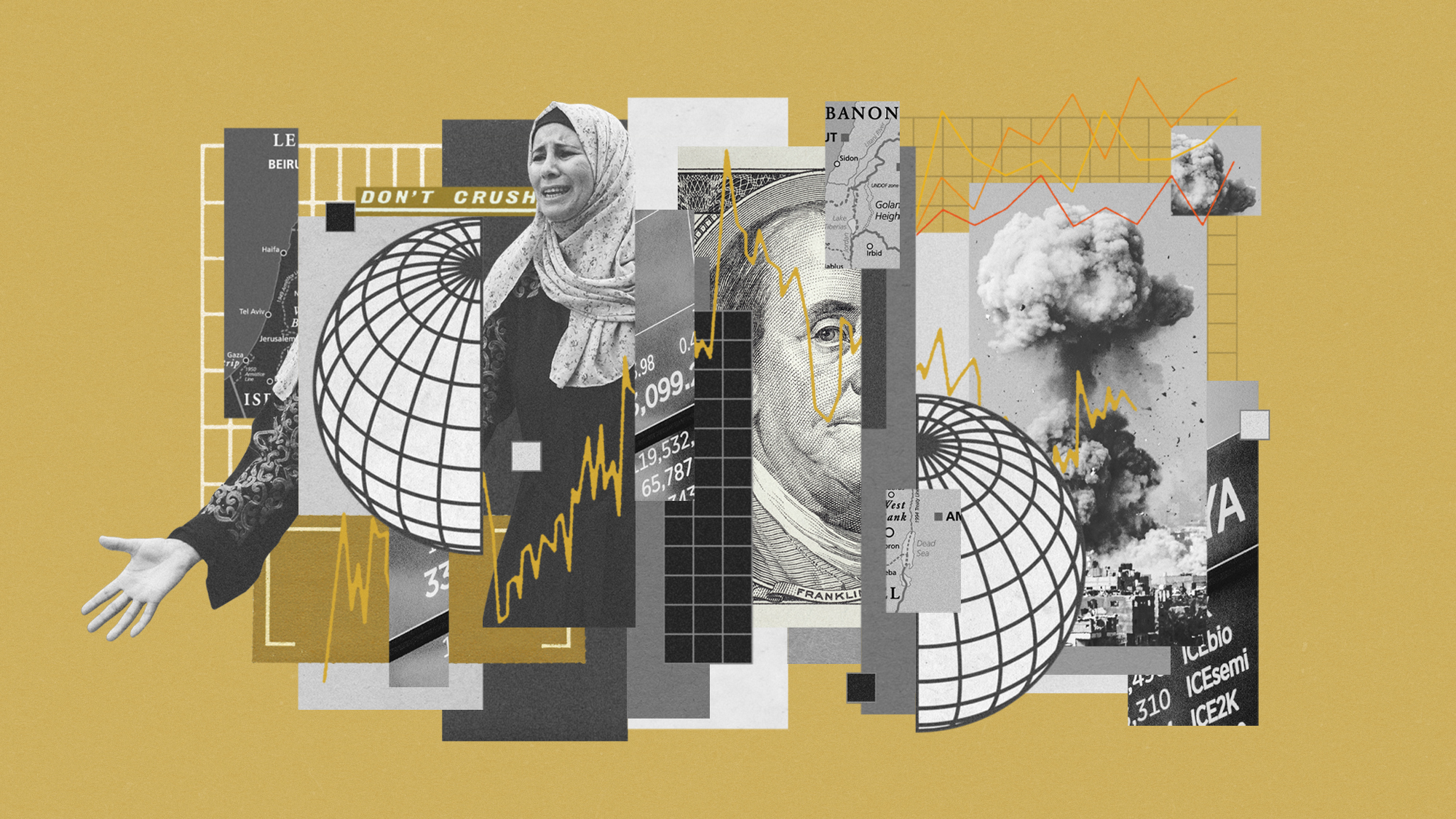 How might the Israel-Hamas war affect the global economy?
How might the Israel-Hamas war affect the global economy?Today's Big Question Regional escalation could send oil prices and inflation sky-high, sparking a worldwide recession
-
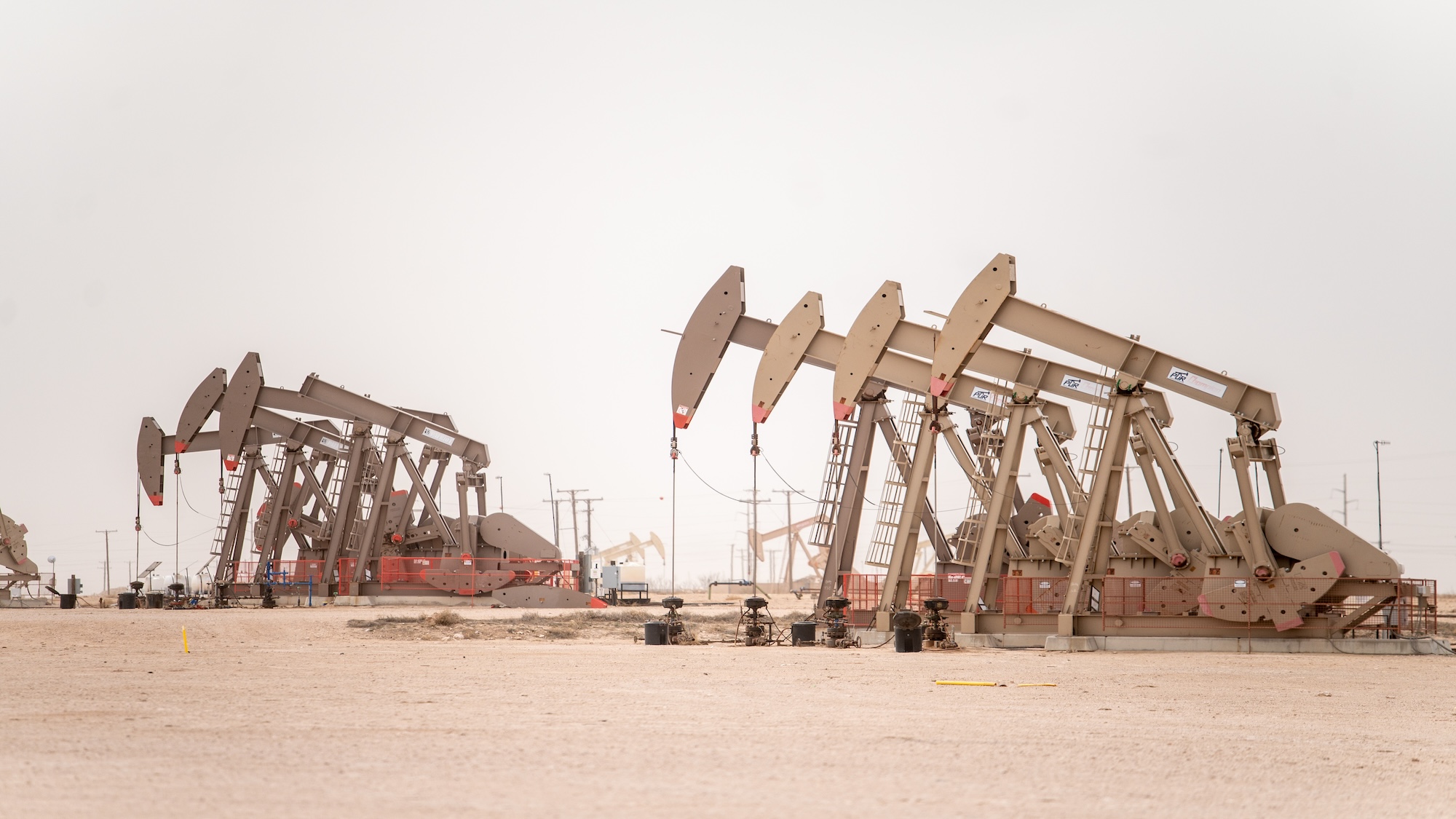 Recent mega-mergers could signal a turning point for the US oil industry
Recent mega-mergers could signal a turning point for the US oil industryTalking Point Both Chevron and Exxon have recently spent billions to acquire smaller oil companies
-
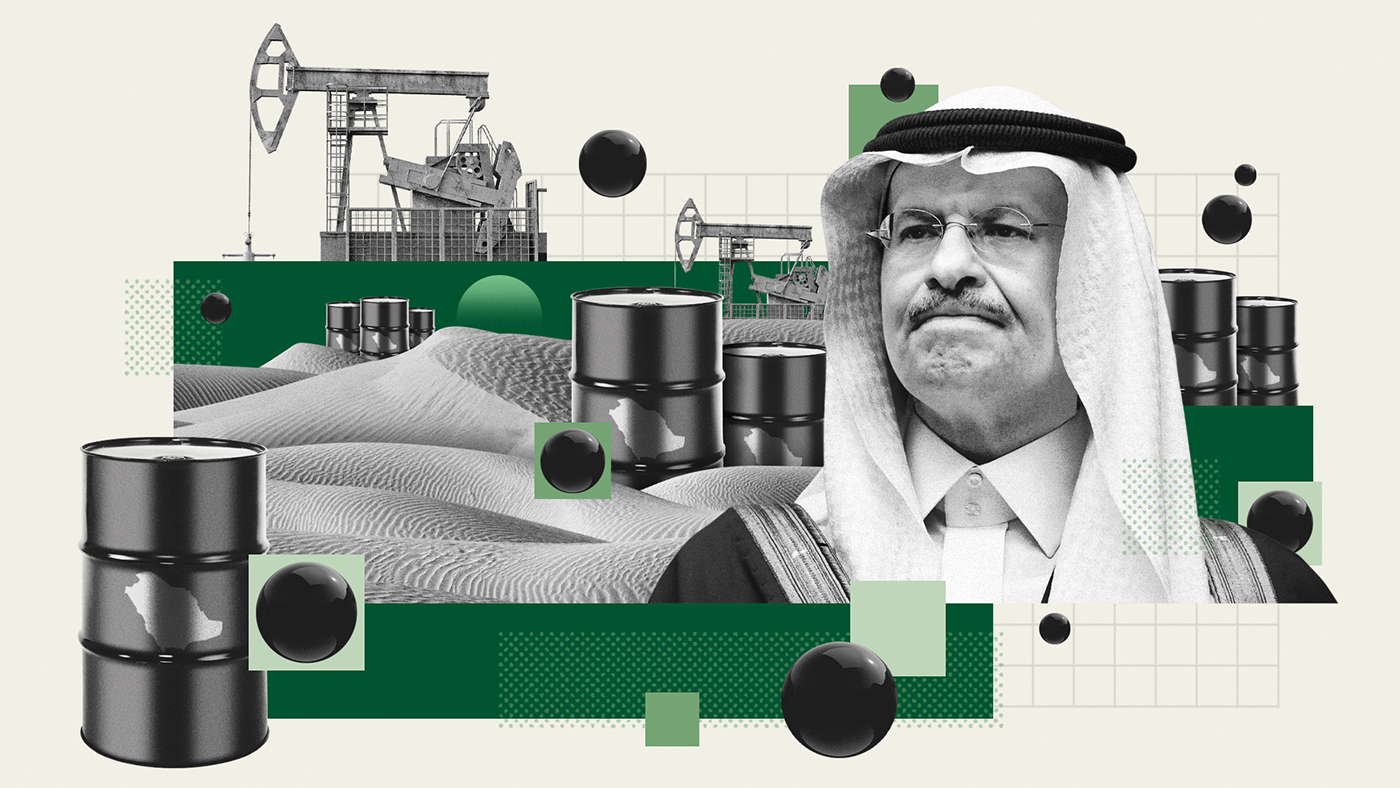 Has Saudi Arabia lost control of oil prices?
Has Saudi Arabia lost control of oil prices?Today's Big Question Kingdom goes it alone to cut production, risking tension with US and reigniting cooling inflation in Europe
-
 US angered by Opec+ oil cut
US angered by Opec+ oil cutSpeed Read Energy prices to rise further as producers slash supply by two million barrels a day
-
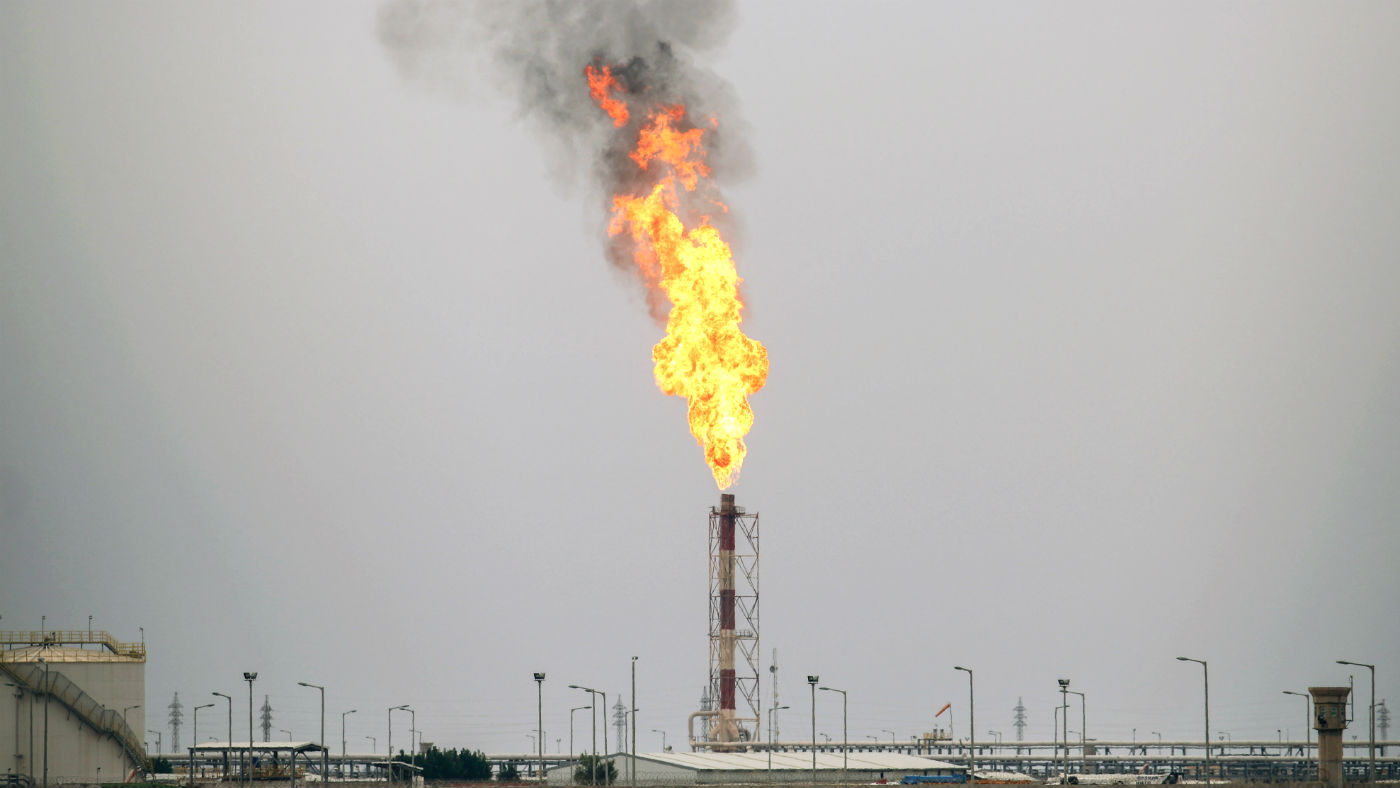 Global oil demand forecast lowered for 2020 and 2021
Global oil demand forecast lowered for 2020 and 2021Speed Read IEA report says jet fuel demand remains the major source of weakness
-
 Are US-Iran tensions flaring again?
Are US-Iran tensions flaring again?In Depth Trump threatens military action over Twitter
-
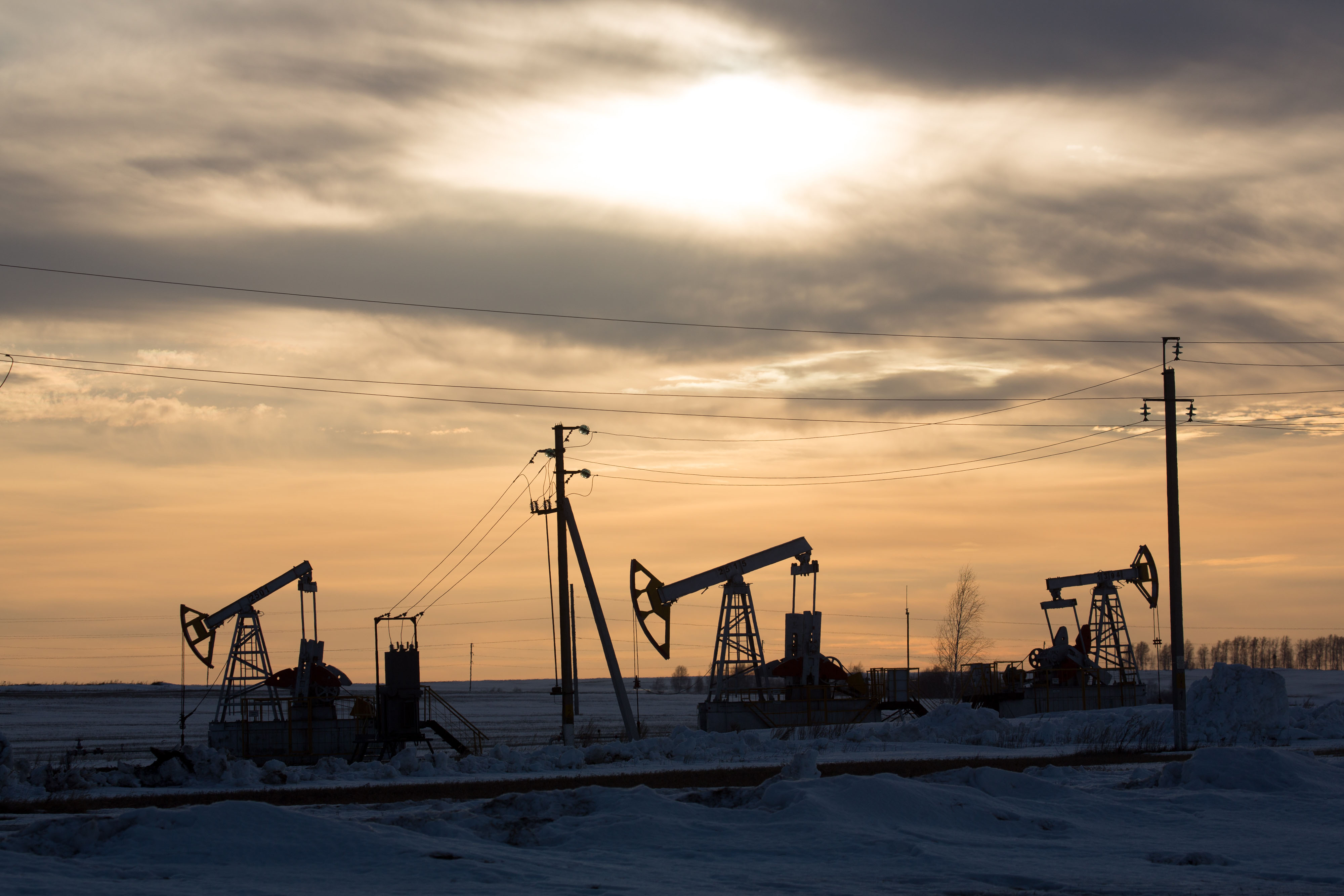 Can a deal be struck to raise oil prices?
Can a deal be struck to raise oil prices?In Depth Opec+ will convene today over video link in a bid to boost crude
-
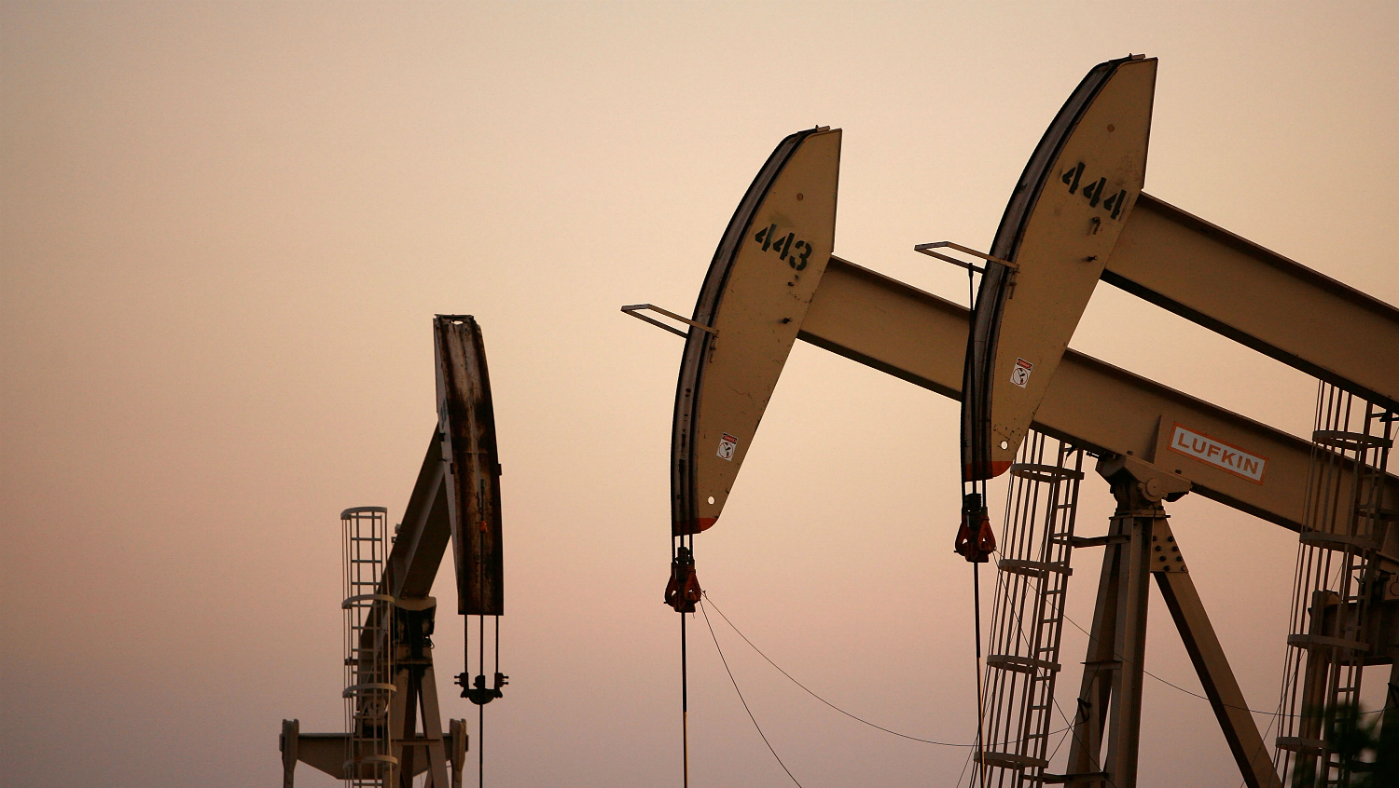 What do negative oil prices mean?
What do negative oil prices mean?In Depth Perfect storm of oversupply and storage shortages sees producers paying to get rid of US crude